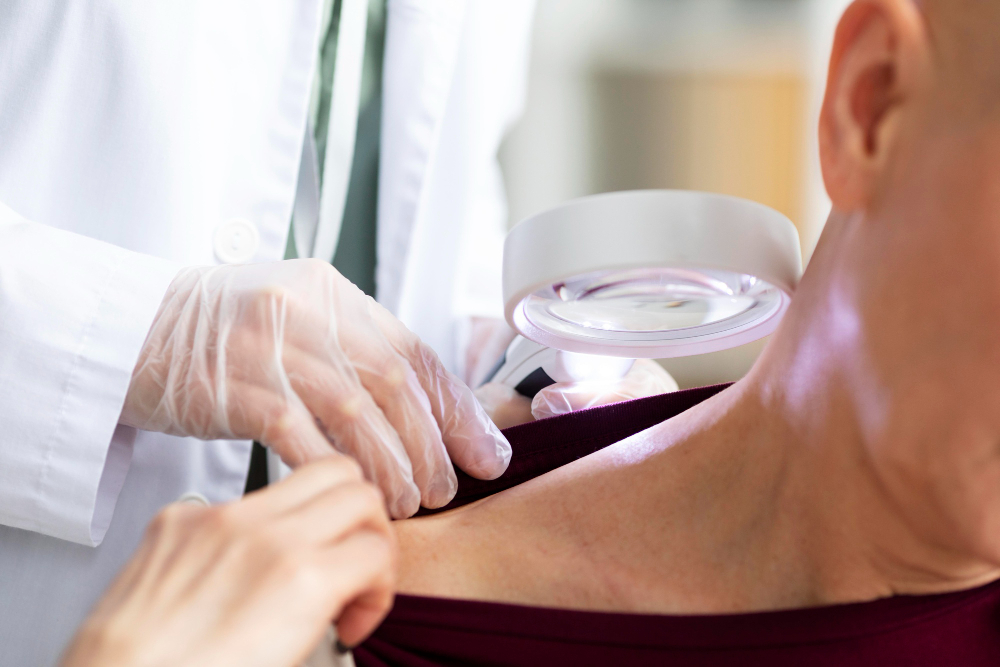
What are Skin Cancers?
Skin cancer often develops on areas exposed to the sun and is more common in individuals with lighter skin tones. A family history of skin cancer can also increase risk. Early detection and treatment are essential. One of the most common precancers is actinic keratosis, a rough, scaly patch caused by long-term exposure to ultraviolet rays from the sun or tanning beds. It is also known as solar keratosis.
Request an AppointmentThe three main types of skin cancer are melanoma, basal cell carcinoma (BCC), and squamous cell carcinoma (SCC). Each is named after the type of skin cell it affects. BCC develops in cells at the base of the epidermis, SCC appears in the upper skin layers, and melanoma—the most aggressive form—affects pigment-producing cells and often shows as a black or brown mole. At Mountain View Dermatology and Aesthetics in Tucson, AZ, Dr. Marc I. Epstein and his team provide advanced, effective treatments for all types of skin cancer.
How are Skin Cancers Treated?
Treatment is customized based on the size, location, depth, stage, and type of skin cancer. The most effective approach typically involves removing the growth completely. Depending on your needs, treatments may be minimally invasive, noninvasive, or surgical, and many can be performed on an outpatient basis with local anesthesia.
Mountain View Dermatology and Aesthetics also offers Image-Guided Superficial Radiation Therapy (IG-SRT) for non-melanoma skin cancers. This non-surgical treatment requires no downtime, uses low levels of x-ray energy to destroy cancer cells, and provides an extremely high cure rate. Contact our Tucson, AZ office to learn more about this advanced option.
What are the Symptoms of Skin Cancer?
Recognizing early signs of skin cancer is crucial for timely care. Common symptoms include:
Basal Cell Carcinoma (BCC)
- Pearly or waxy bumps
- Flat, flesh-colored or brown scar-like lesions
- Open sores that do not heal
Squamous Cell Carcinoma (SCC)
- Firm, red nodules
- Flat lesions with a scaly, crusted surface
- Sores that heal and reopen
Melanoma
- Large brown spots with darker speckles
- Moles that change in color, size, or texture
- Small lesions with irregular borders and areas of red, white, blue, or blue-black
